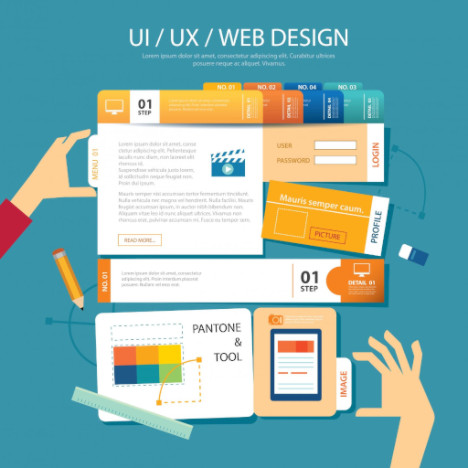With the emergence and rising popularity of Internet of Things-connected devices—more specifically, because of the rules IoT lives by—user experience (UX) has gotten a bit more complicated in recent years.
Previously, designers and developers strictly needed to worry about what users were seeing on a screen, whether it was a computer or mobile device. However, with development of smart appliances and IoT technology, there are now thousands (tens of thousands, even) screenless devices that are in play, too.
What’s more, each IoT device has different needs.
For example, in-car systems need to work in a way that reduces distracted driving incidents; a smart oven needs controls to reduce the risk of fire; assisted living devices must promote both safety and support with privacy and autonomy.
When it comes to UX for IoT devices, the following factors must be considered:
- Design decisions should enhance the user’s experience. UX designers can’t afford to simply do something just for the sake of doing it. It must improve the user experience in a tangible way.
- Design must work locally. In other words, don’t make assumptions about internet connectivity. Furthermore, it’s a good idea to design something that functions properly without internet connectivity and then add it on as a bonus.
- Design should be upgradable rather than replaceable. Don’t convince a customer to purchase something that, once outdated, will make their device unusable or leave their serviceable appliance stuck with inferior technology
- Design must be secure. Is the user less vulnerable to being hacked? This is important in today’s increased cybersecurity threats.
As technology changes, so too must UX design. It’s a necessary—albeit challenging—problem for IT specialists to solve in the coming years.
